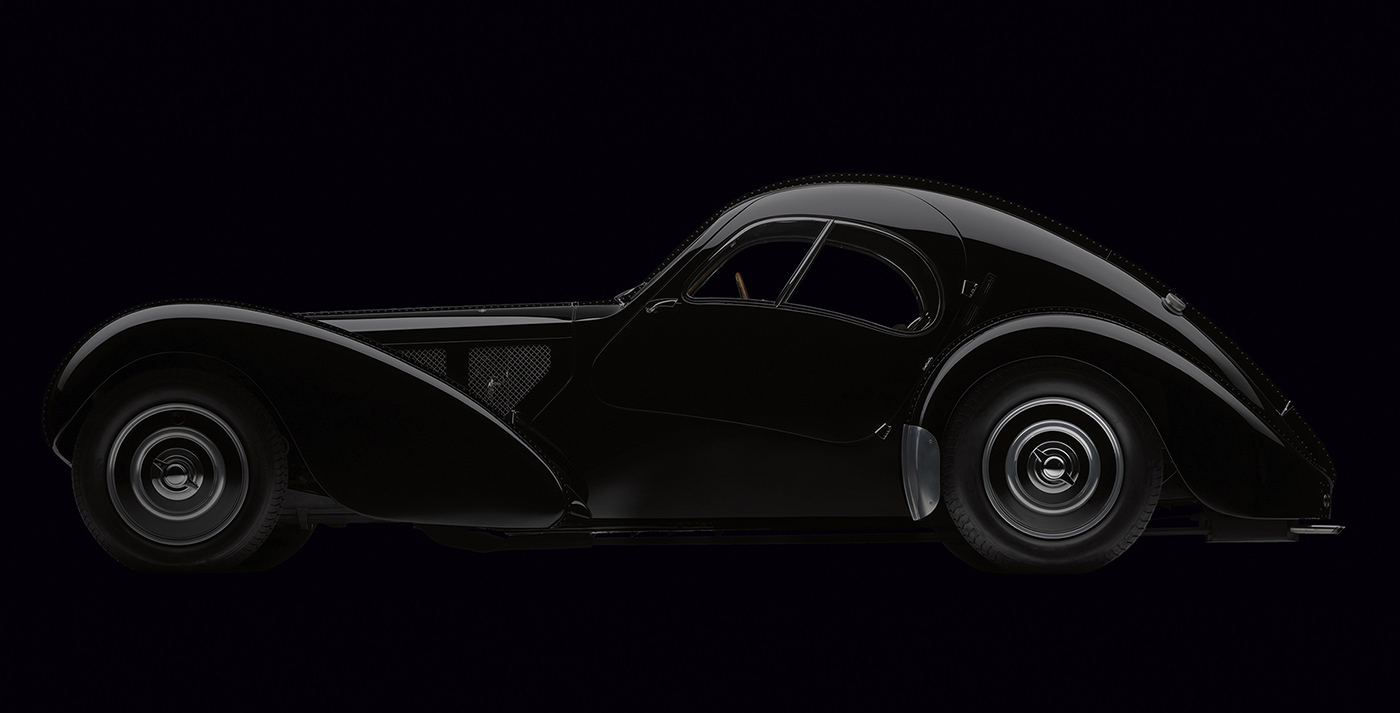
Time Machine
The story of Ralph Lauren’s showstopping Bugatti 57SC, inspiration for his automotive watch collectionAmid the years between the stock market crash of 1929 and America’s entry into World War II—an era marked by the stark contrast between Hollywood glamor and the Great Depression soup lines—automotive design ascended into the rarified realm of high art. To the contemporary eye, the dramatic contours and bulging arcs of 1930s-era automobiles seem the stuff of fantasy: vehicles that a gadget-loaded Dick Tracy might drive in pursuit of criminal villainy, or that Flash Gordon would pilot in another galaxy.
But to the classic car connoisseur, the ‘30s marked the zenith of automotive design. And Ralph Lauren, an automotive connoisseur if ever there was one, has declared the Bugatti Type 57SC Atlantic Coupe “the most beautiful car in the world.” He’s not alone in his assessment; 25 years ago, at the 1990 Pebble Beach Concours d’Elegance, Ralph’s Bugatti was awarded Best in Show. Twenty-two years later, the crown of Mr. Lauren’s collection won the world’s most prestigious car competition, the Concorso d’Eleganza Villa d’Este.
However, when the car made its debut in 1936, based on a concept from the previous year called the “Aerolithe,” not everyone found it a masterpiece of design. “The Atlantic was and is the most controversial of all Jean Bugatti’s creations,” writes Winston Goodfellow in Speed, Style, and Beauty: Cars From the Ralph Lauren Collection. “Beauty being in the beholder’s eye is relevant. Some see the most beautiful car ever built. Others look upon the Atlantic as outrageous.” We, in case you were wondering, are partial to the former assessment.
The Type 57SC Atlantic Coupe (the 57 stood for its 3,257 cc engine and the SC for supercharged) seemed to put form over function, with poor driver’s seat visibility and a body design that looked like liquid metal had been poured into shape. The design is credited to Jean Bugatti, son of company founder Ettore, who, though Italian by birth, founded his company in the Alsace region of what is now France. The Atlantic was one of Jean’s final projects, as he was killed in 1939 while testing a new racing version of the Type 57 (he crashed into a tree while avoiding a drunken cyclist who had snuck onto the test track). The Atlantic boasted over 170 horsepower and was capable of more than 120 mph, an impressive feat for its size and era.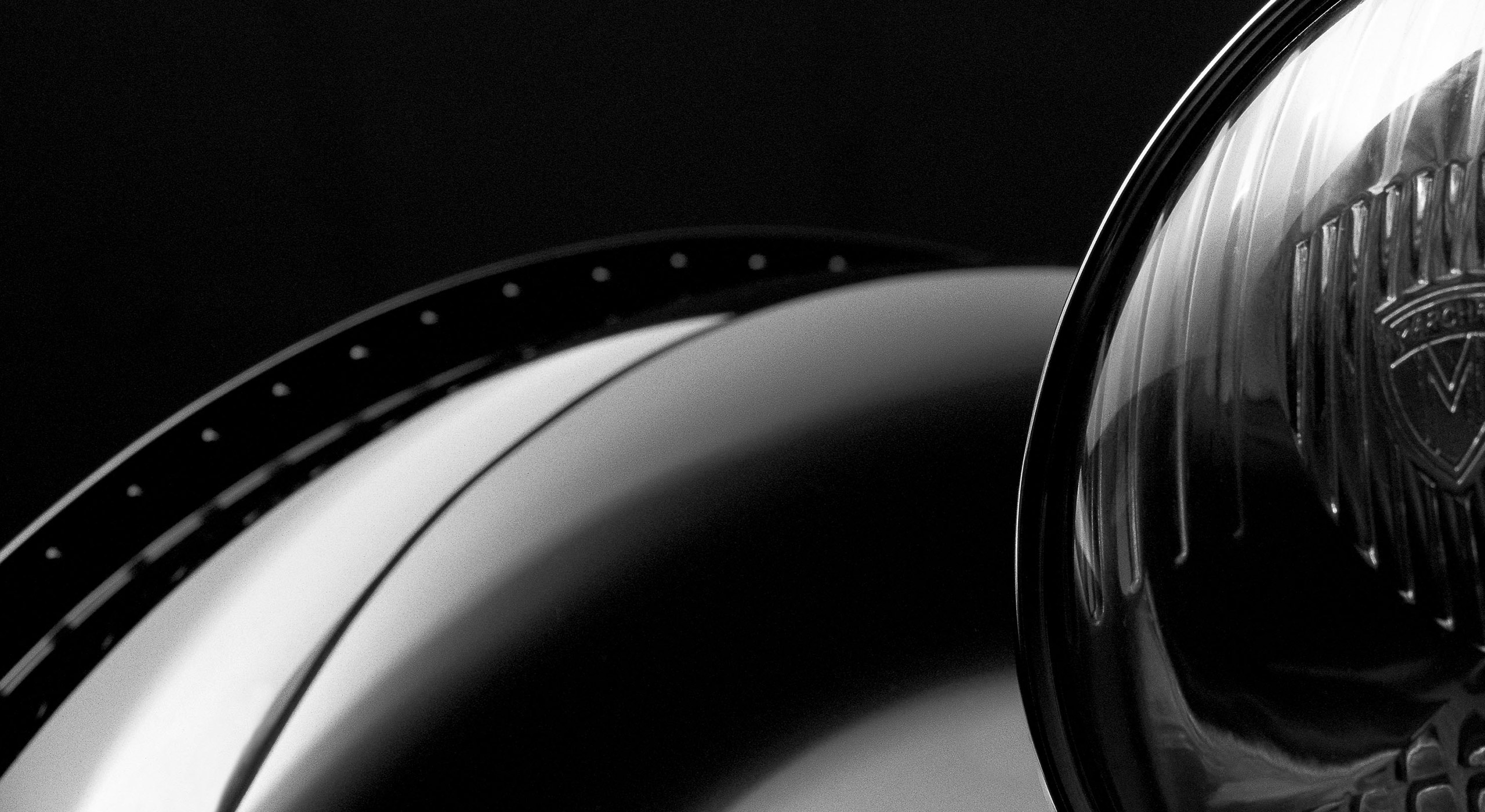
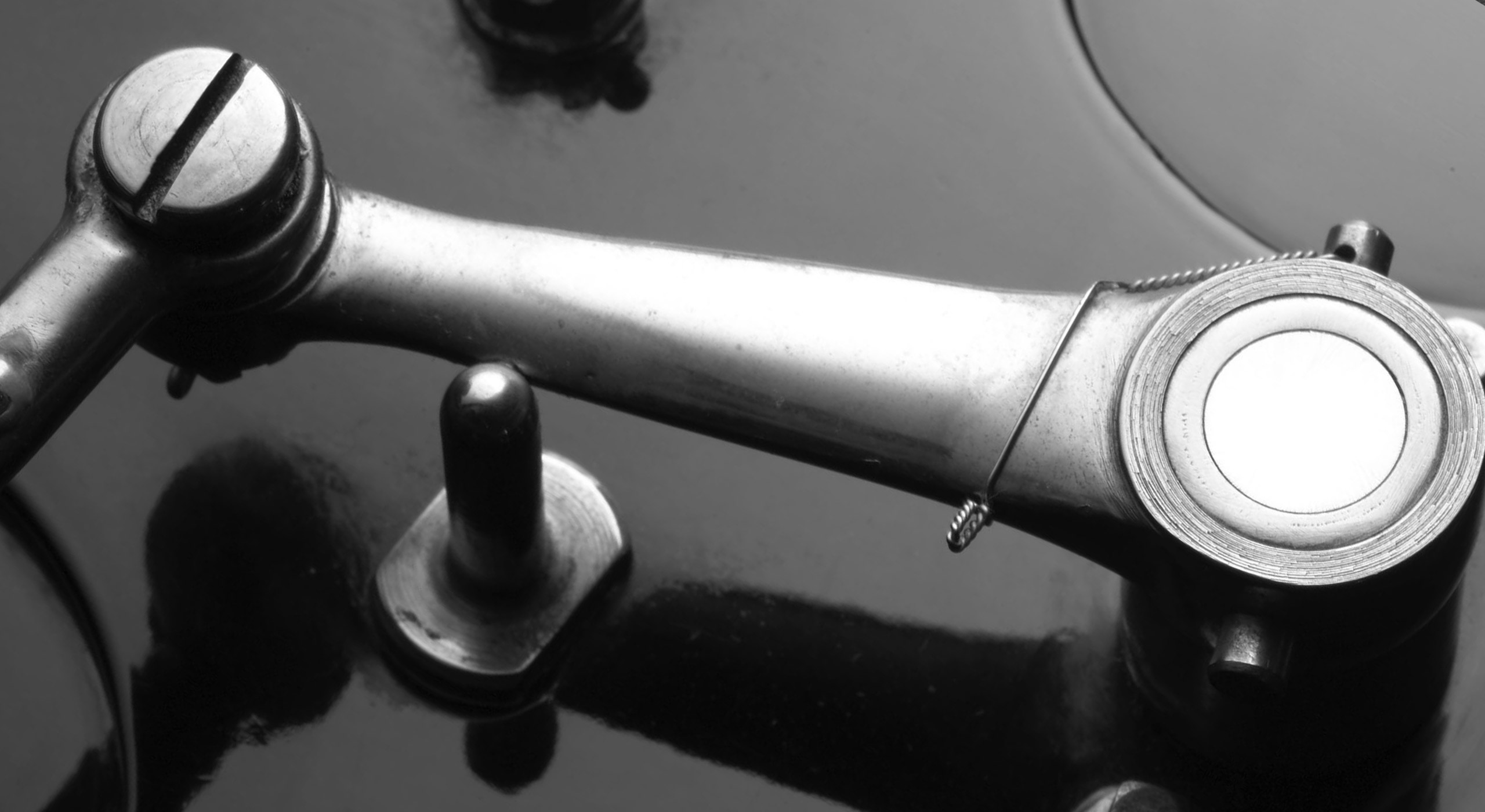
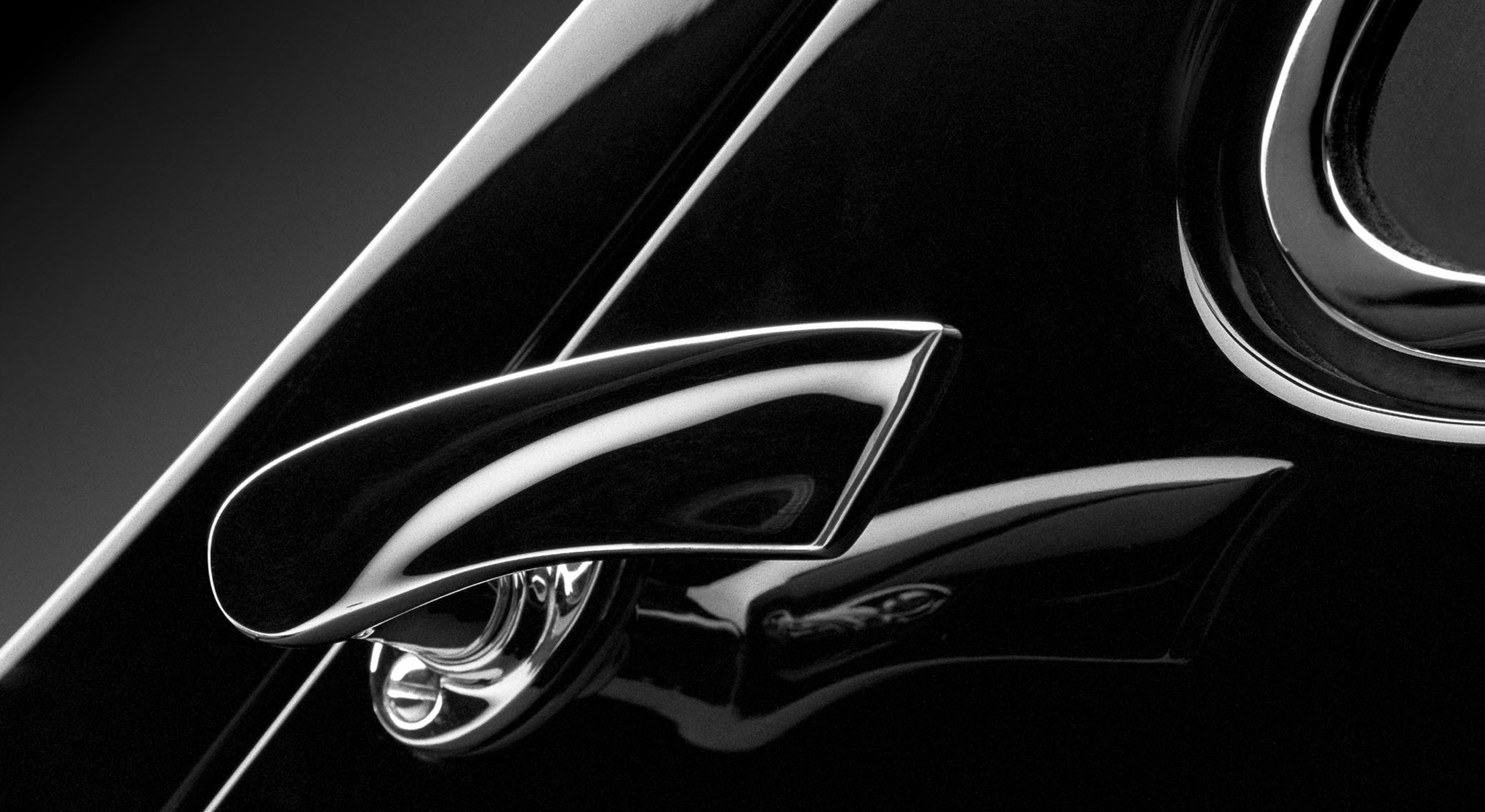
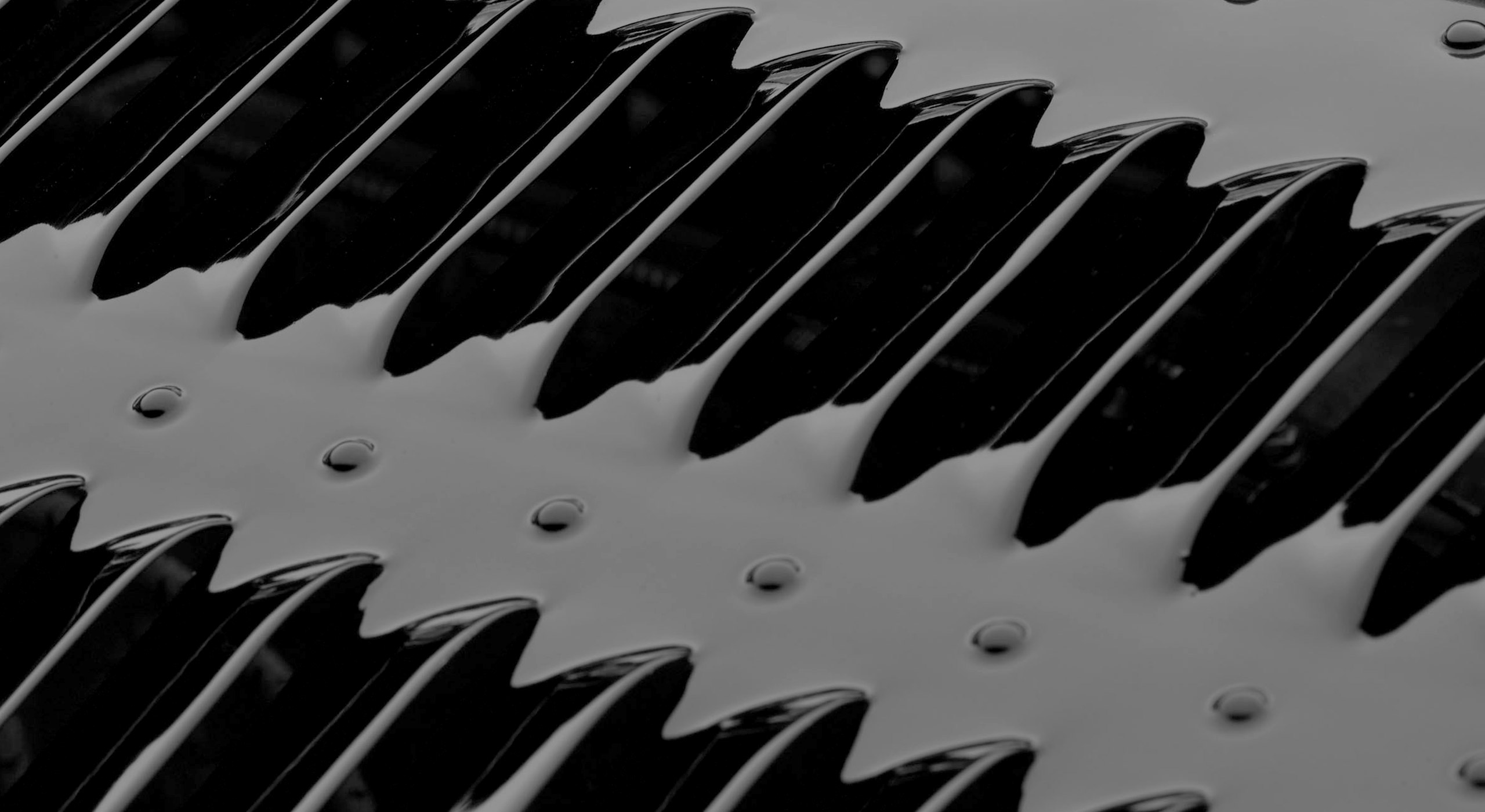

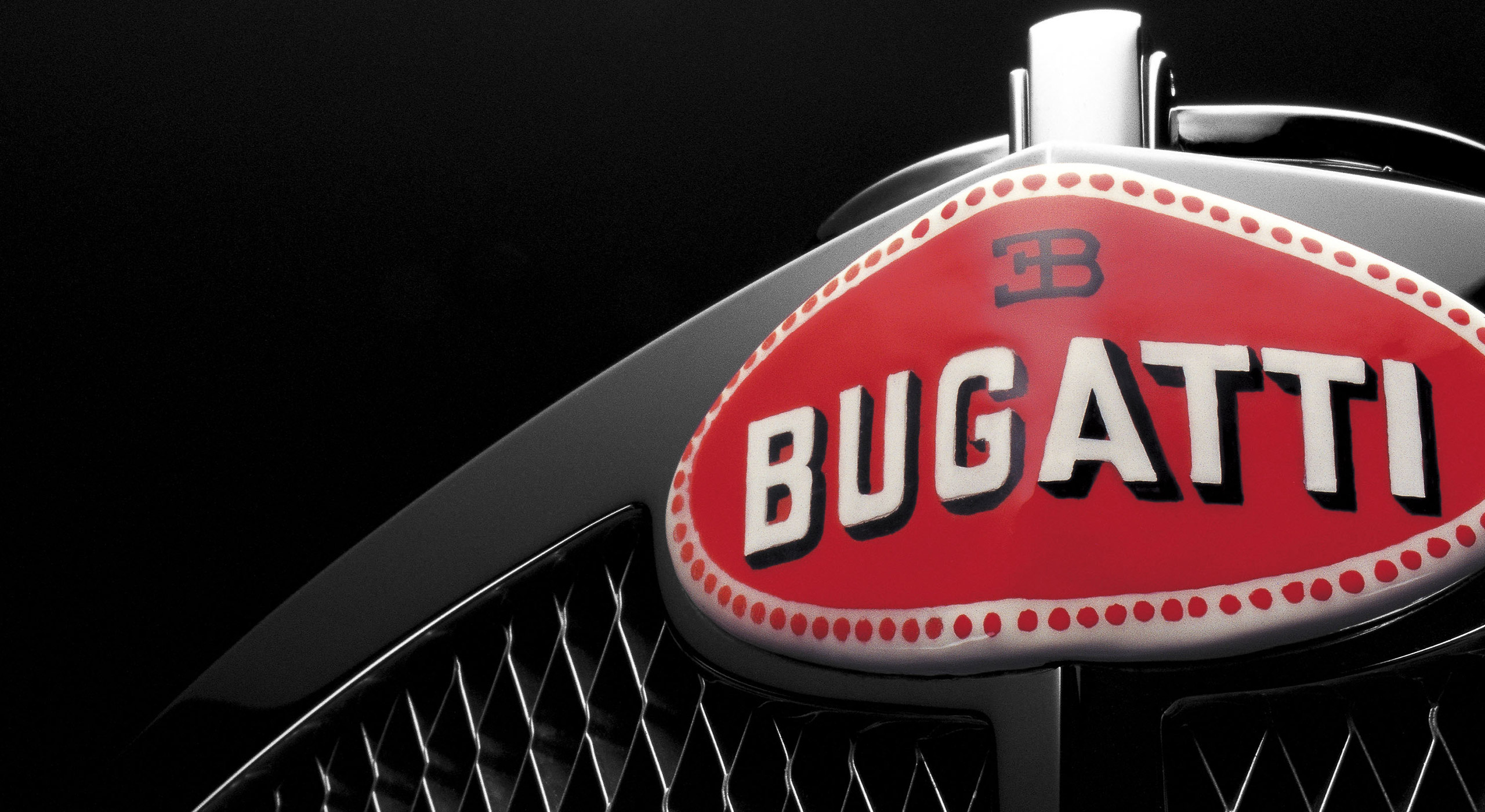


Only a handful of the supercharged Atlantics were built, of which only two survive. In addition to the car in the Ralph Lauren collection, the other is housed at the Mullin Automotive Museum in Southern California, which paid $40 million for the car in 2010. Mr. Lauren purchased his in 1988 and entrusted the complete restoration to Paul Russell of Essex, Massachusetts, who took the car apart and restored and rebuilt its original components, using reproduction parts only when absolutely necessary.
The Atlantic’s stately curves are powerfully elegant, but when Ralph Lauren declared it the most beautiful car in the world, he drew special attention to the car’s magnificent dashboard. It’s this sculpted panel of burl wood and polished steel that served as the chief inspiration for the Automotive watch collection.
The bezel of the RL Automotive Skeleton, for starters, echoes the Atlantic’s graceful steering wheel with its bezel made from rare amboyna burl wood. The watch’s exposed screws are a nod to the car’s signature exposed rivets, while the visible Swiss-made mechanical movement is a metaphoric peek under the hood of the magnificent machine. Finally, the black alligator band mirrors the jet-black finish on Ralph’s legendary auto.
The end result? You might call it horological design elevated to the rarified realm of high art.
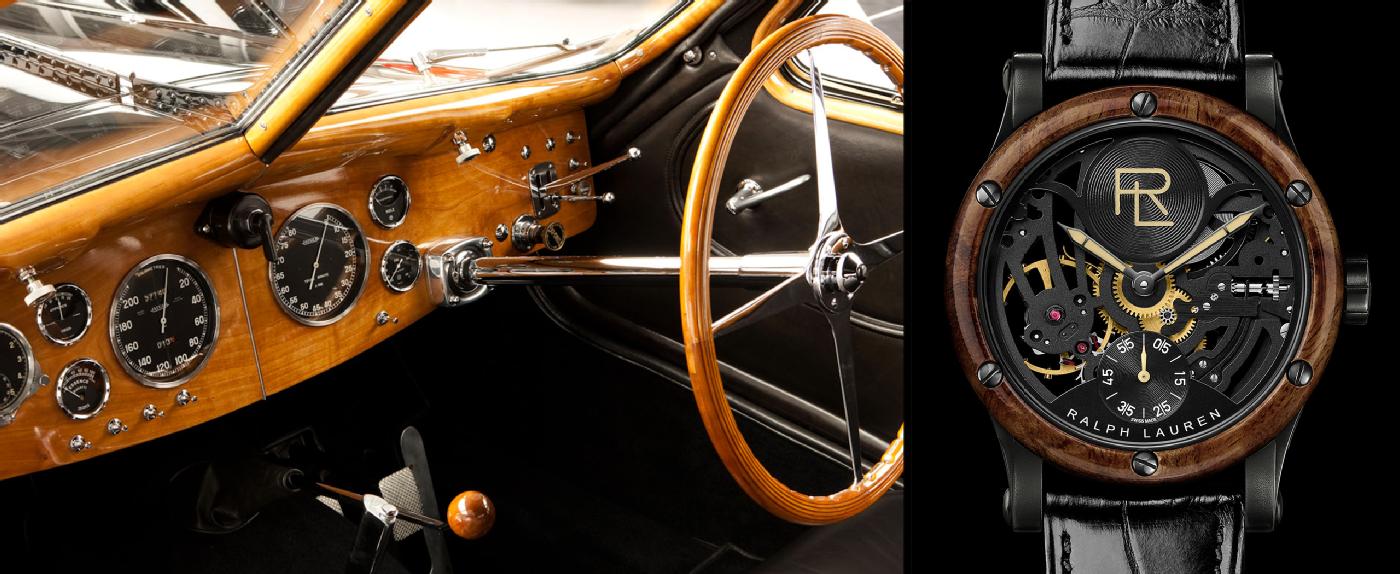
- All photographs courtesy of Ralph Lauren Corporation







